Saarinen Womb Chair and Settee Relax
Designed by Eero Saarinen, 1946
Eero Saarinen designed the groundbreaking Womb Chair at Florence Knoll's request for "a chair that was like a basket full of pillows, something I could really curl up in."
Share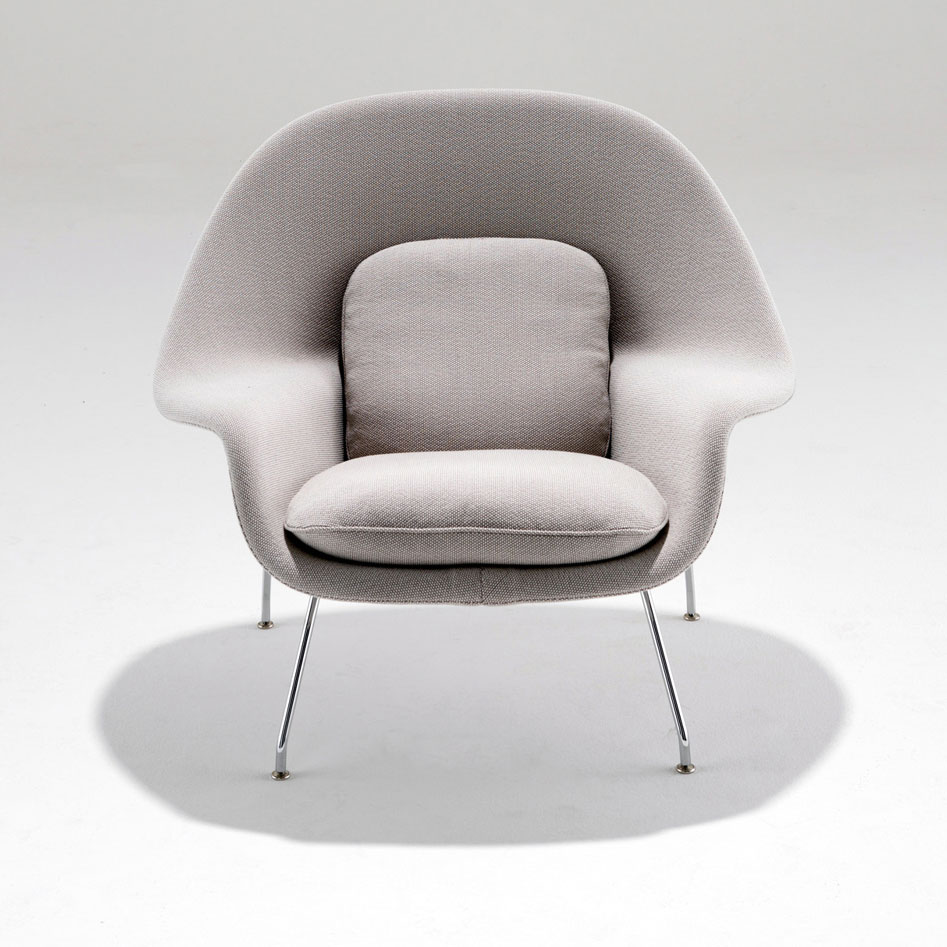
Eero Saarinen designed the groundbreaking Womb Chair at Florence Knoll's request for "a chair that was like a basket full of pillows, something I could really curl up in."
Share

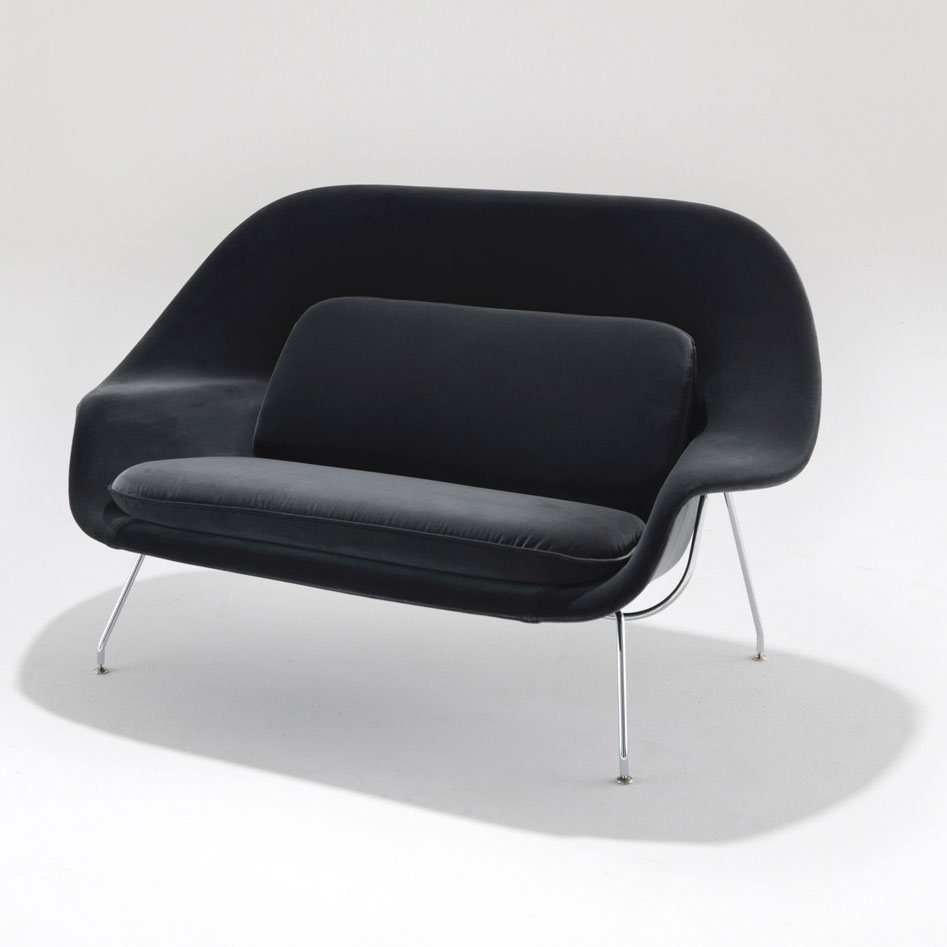
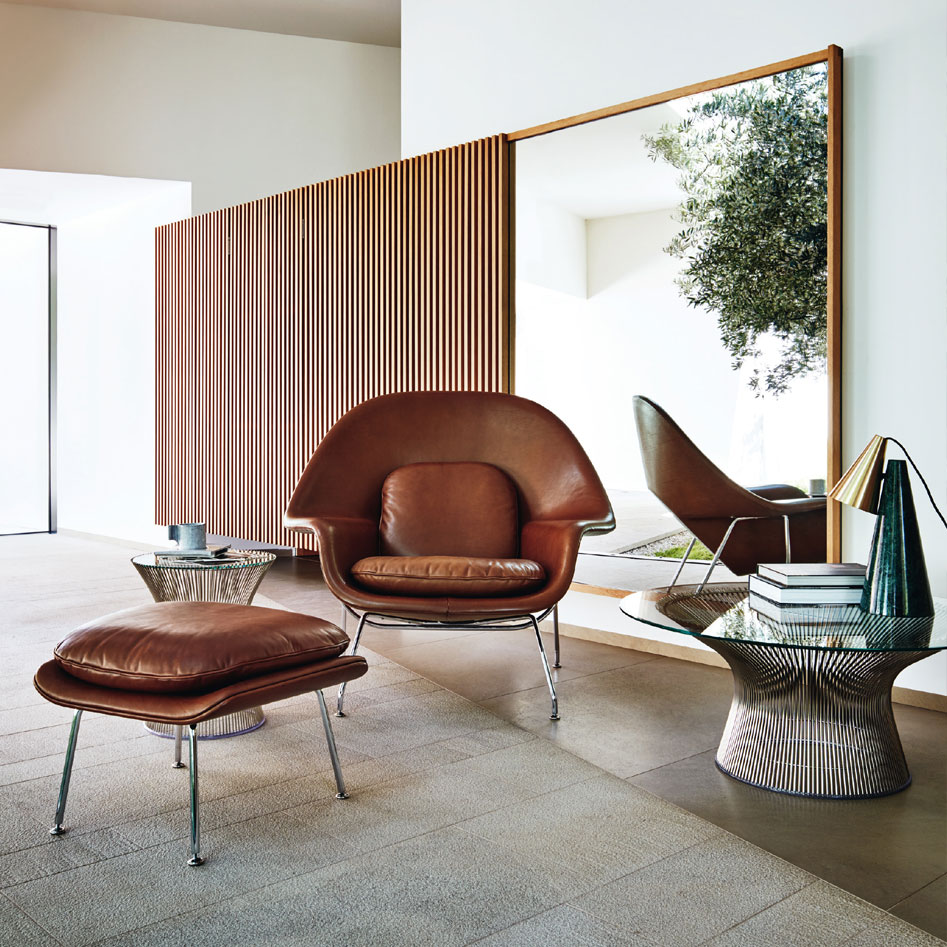
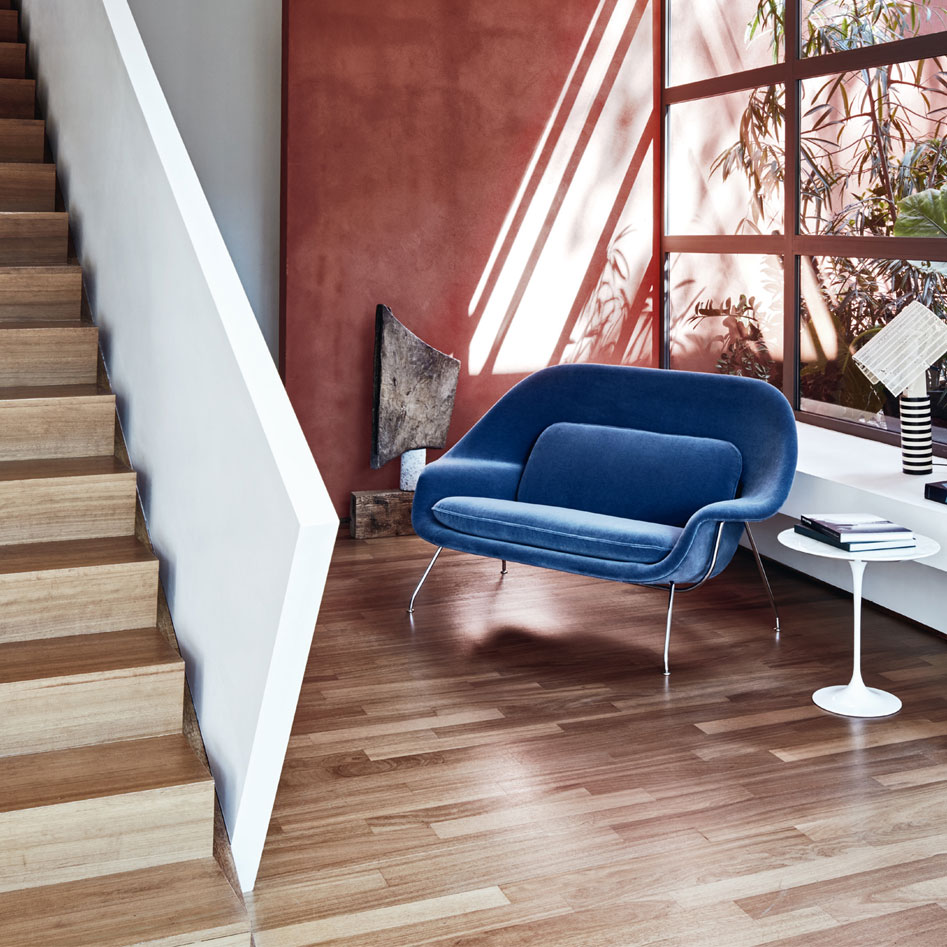
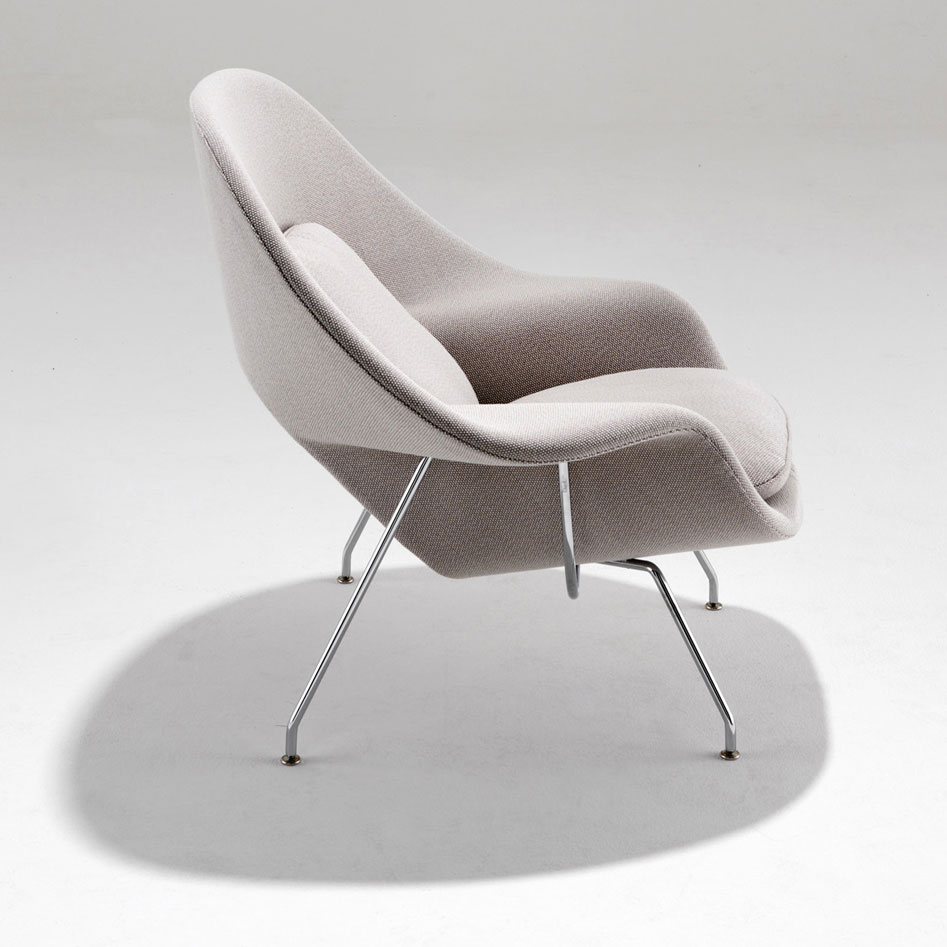
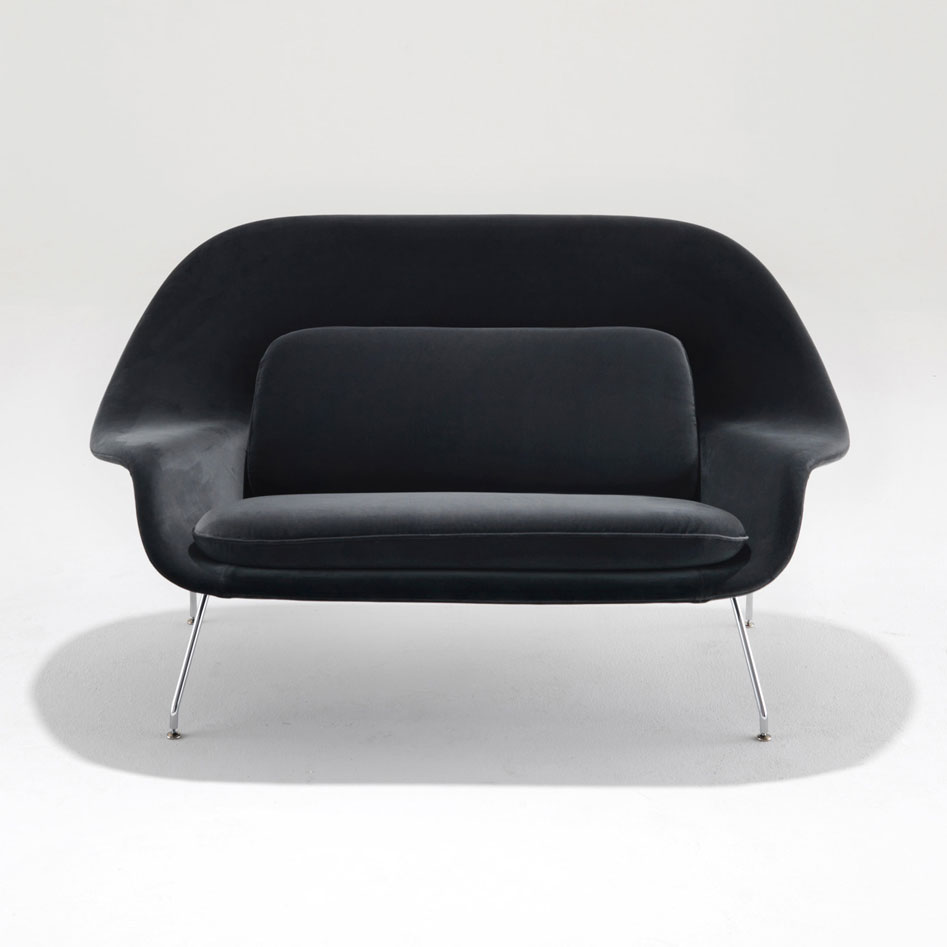
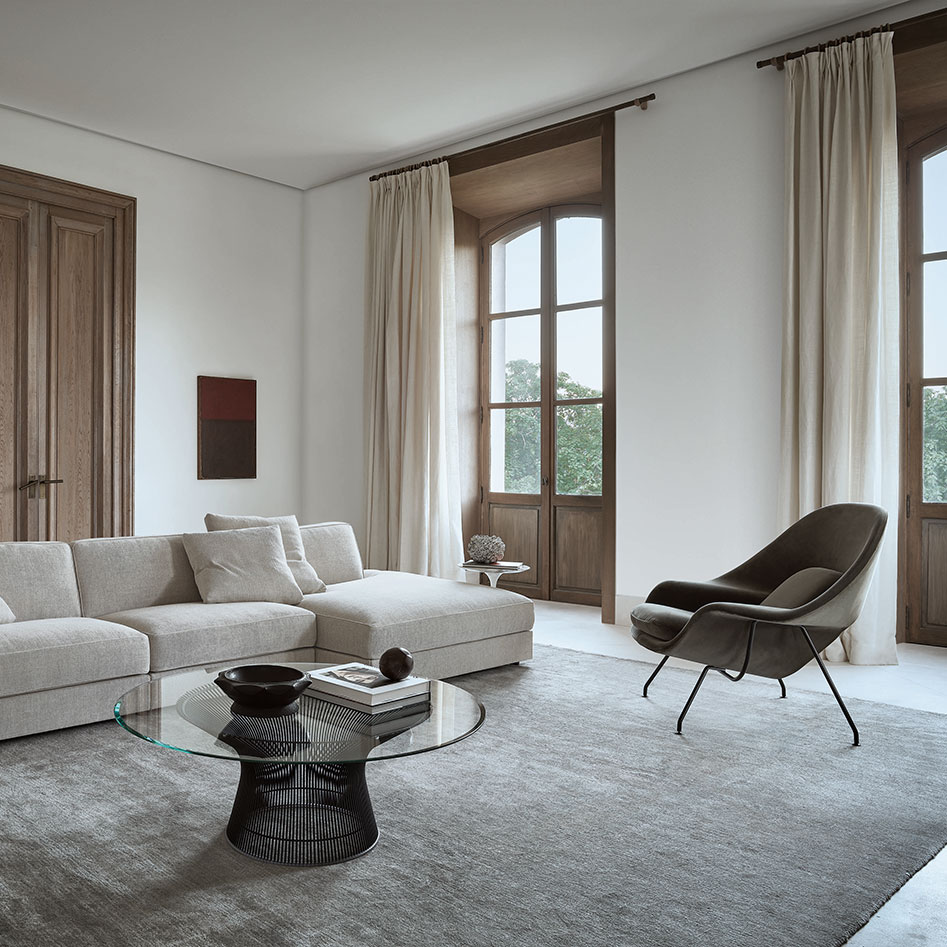
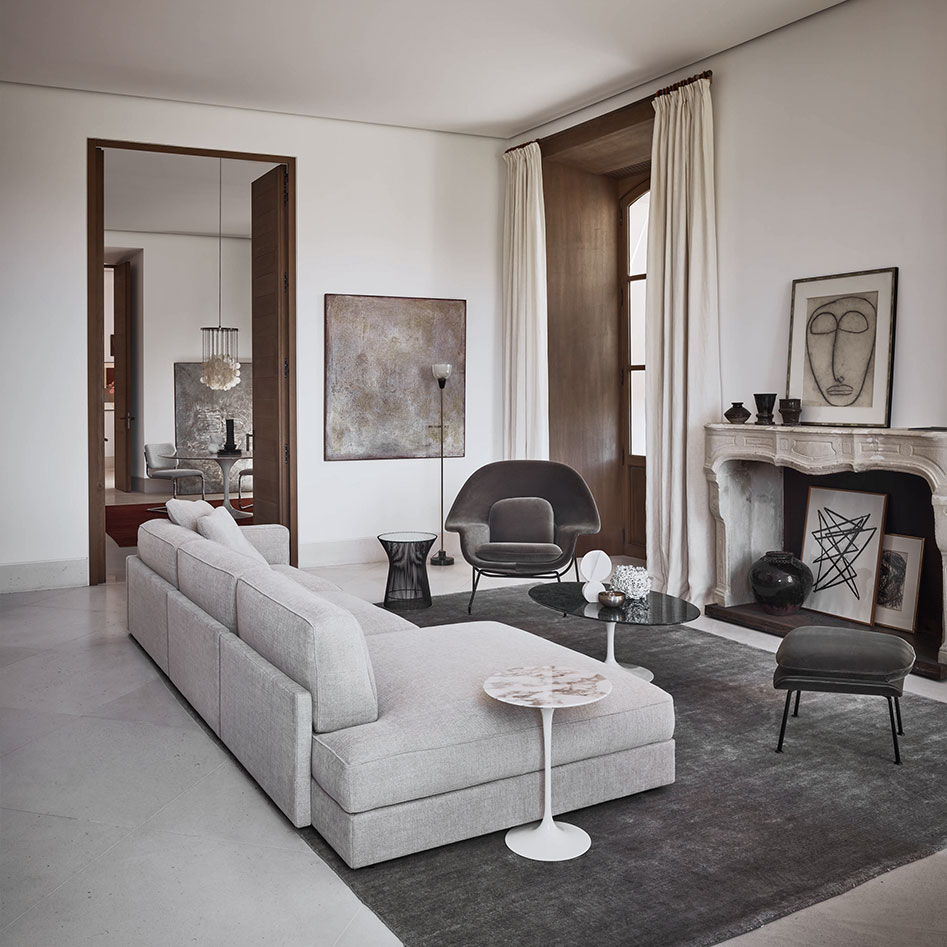
Eero Saarinen's 1948 Womb chair, made exclusively for Knoll, displays the Finnish-born designer's flair for challenging rules, breaking molds and setting new standards for modern design. The Womb chair is available in three sizes: standard, medium and small. The standard and medium size have an accompanying ottoman. The Knoll logo is stamped into the structure of the chair and the ottoman.
Base: Steel rod, polished chrome finish or painted black.
Structure: Polyurethane foam over metal structure with elastic belts.
Cushions: are down filled over a polyurethane core.
Glides: Stainless steel and nylon articulating glides.
The base features a steel rod legs with polished chrome finish or painted black.
Upholstered in a range of fabrics and leather.
Chair 106cm W x 94cm D x 92cm H with seat height of 45cm.
159cm W x 94cm D x 92cm H with seat height of 43.5cm.
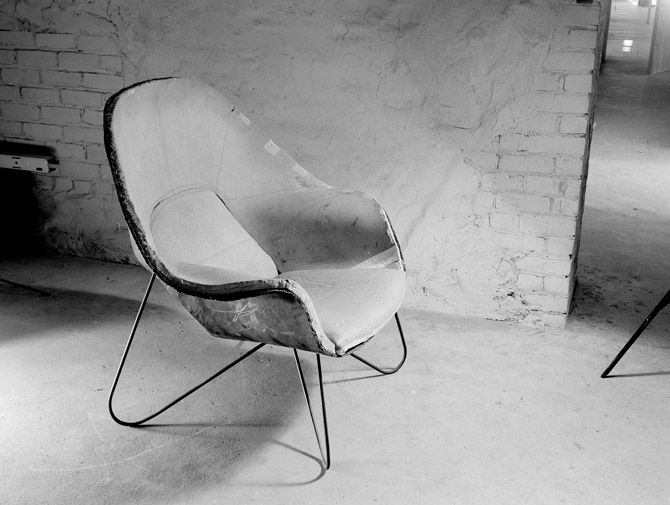
After winning the Museum of Modern Art Organic Design Competition with Charles Eames for their experiments with bent plywood in 1941, Eero Saarinen was eager to continue exploring the possibilities of a chair that achieved comfort through the shape of its shell, not the depth of its cushioning. Initially, he began the investigation with designs for smaller fiberglass task chairs, but changed direction when Florence Knoll approached him and asked, “Why not take the bull by the horns and do the big one first? I want a chair that is like a basket full of pillows…something I can curl up in.” While that’s not exactly where Saarinen ended up, the suggestion inspired one of the most iconic, and comfortable, chairs of the modern furniture movement.
Like many of Saarinen’s furniture designs, the Womb Chair required production techniques and materials still in the infancy of their existence. Saarinen and Florence Knoll found a boat builder in New Jersey who was experimenting with fiberglass and resin to help develop manufacturing methods for the new chair. Florence Knoll: “He was very skeptical. We just begged him. I guess we were so young and so enthusiastic he finally gave in and worked with us. We had lots of problems and failures until they finally got a chair that would work.”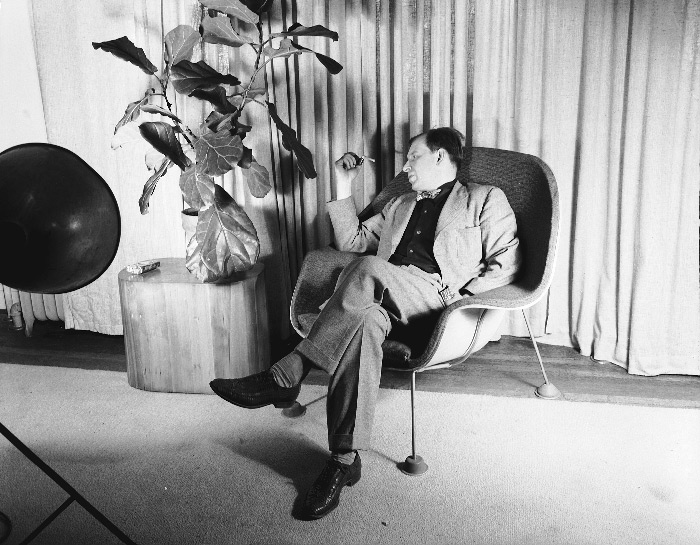
The son of architect and Cranbrook Academy of Art director Eliel Saarinen and his wife, textile artist Loja, Eero Saarinen studied sculpture in Paris and architecture at Yale before working on furniture design with Norman Bel Geddes and practising architecture with his father. He collaborated on several projects in furniture design with his friend, Cranbrook alumnus Charles Eames, and opened his own practice in Bloomfield Hills in 1950. Among the many buildings for which he is known are the Dulles International Airport in Washington, DC, The Gateway Arch in St. Louis, Missouri, and the TWA Terminal at Kennedy International Airport in New York. He was the recipient of numerous awards and the subject of many exhibitions.